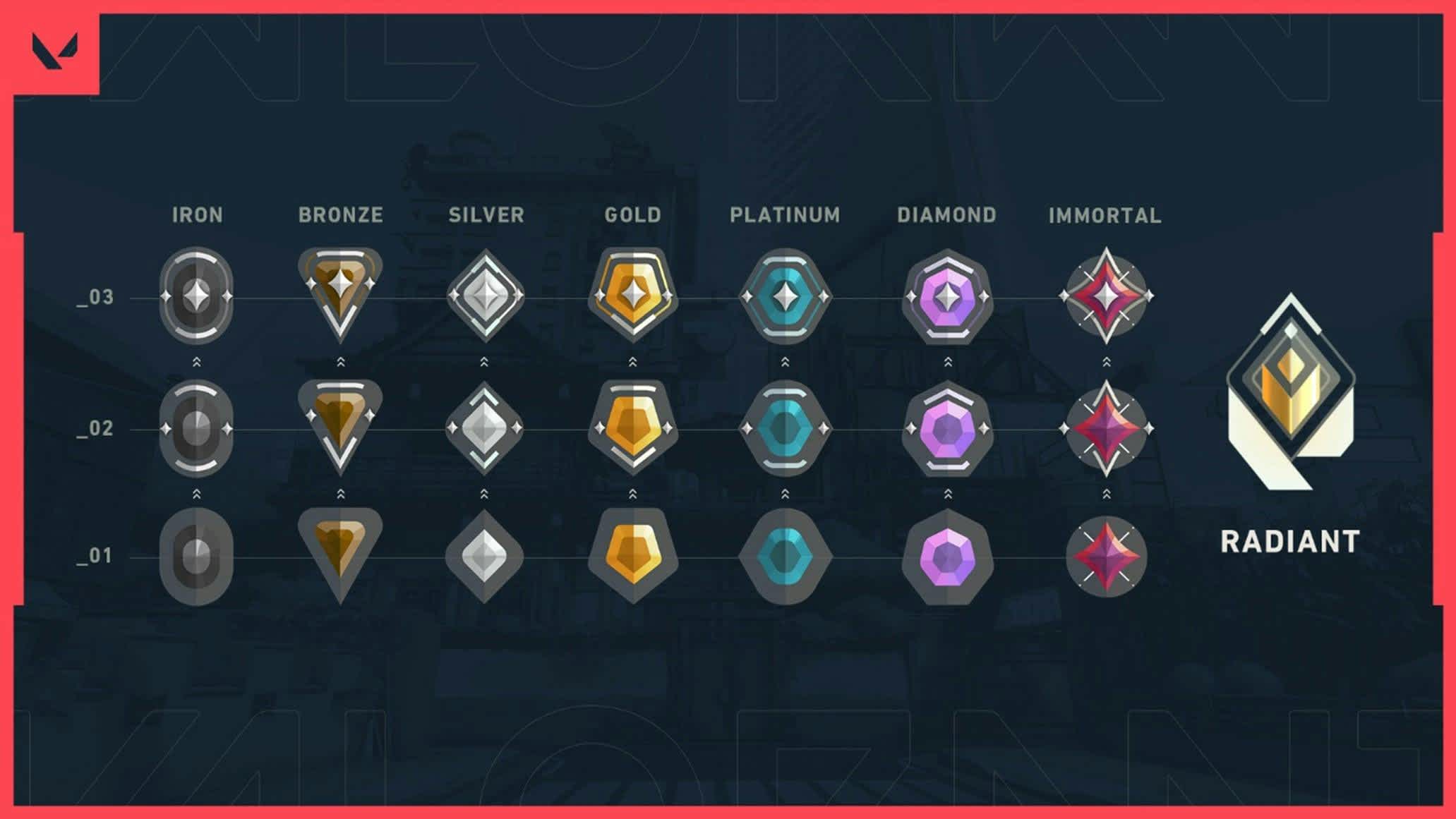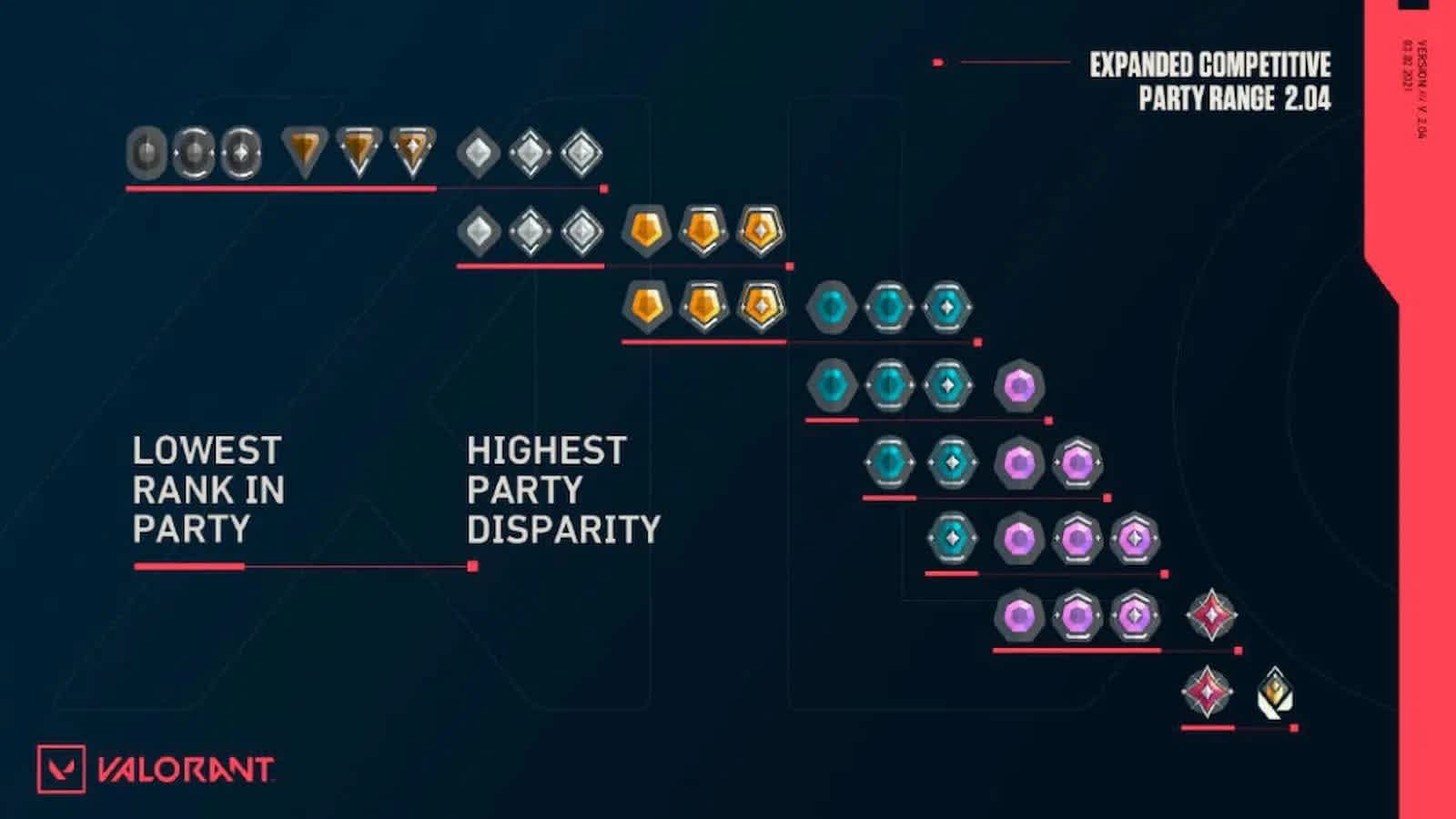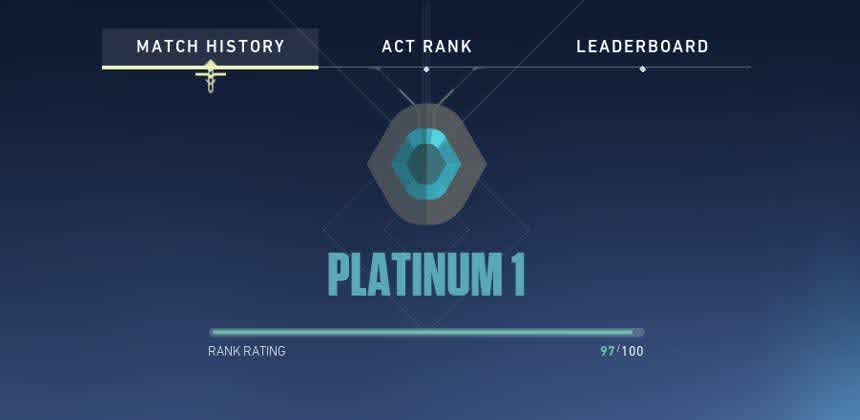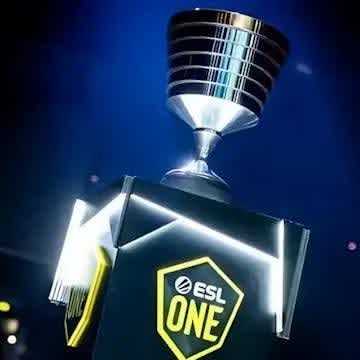Valorant MMR - Everything You Need to Know
Climbing up and down ELO is one thing. But truly understanding match making rating is going to help you get better and improve at every aspect of your Valorant gameplay. One thing that will help achieve that is understanding the match making system in Valorant and what it exactly does. So, sit tight and keep reading to find out everything your need to know about the MMR system in Valorant.
What Are The Valorant Ranks?

The current Valorant rank system places players in eight different ranks; Iron, Bronze, Silver, Gold, Platinum, Diamond, Immortal, and Radiant. Every rank except for Radiant has 3 additional sublevels to distribute players precisely based on their skill level within the same group. The majority of casual players are ranked somewhere between Brzone #1 and Gold #3. Only 1% of the players are in Immortal 3, while only the 500 best players from each region will achieve the Radiant rank.
Your ranking progress can be seen in Match History. Episode Two also introduces leaderboards and progress bars for better navigation. Instead of arrows from Episode I, the Valorant rank rating now has a progress bar showing how close you are to the next rank. You can gain or lose Valorant rank rating (RR) through playing competitive matches. To gain RR, you need to win the match and vice versa. Check your Match History, and you will see exactly how many points you won or lost in every match.
How Does Valorant's Ranking System Work?

The Valorant ranking system works just like most competitive games. It counts your RR based on your win/lose ratio and gives you a rank rating. Your RR will rise and fall as you win and lose competitive games. However, the game won't let you play ranked mode as soon as you join. First, you need to reach level 20 by playing casual mode in order to be eligible to play any competitive game. After that, you need to complete five placement matches for the game to estimate your starting rank and performance skill level.
Each individual has their own rank that is adjusted over years, which allows for the player to enter a new rank with improvement. Valorant Episode III introduced sweeping updates in matchmaking, including improved matchmaker accuracy and adjusting player ratings for more volatility in rankings.
But RR is not the only thing Valorant uses. It also uses a match making rating system (MMR), which helps them further determine your skill level and intended rank.
RR vs. MMR

Rank rating points are mostly based on your Win/Lose ratio. Simply put, if you win matches, you will gain RR no matter the performance. So, it would be unfair if someone constantly performs well but yet, still loses because his team is not good enough. That's where MMR comes into play. MMR is a hidden rating system that is closely tied to your Valorant profile. It is in the Valorant database, but you can't see it. While RR restarts every season, the hidden MMR always stays the same. It helps the game determine your true Valorant ELO and how good you really are.
What is MMR System?
The MMR is a matchmaking rating system. It is divided into two categories, Encounter and Win/Lose. The Encounter MMR reflects your ability to perform against other players. It counts how well you perform against others, do you win duels, how many assists you have, how much damage you inflict per round, how you use your abilities, and so on. It looks only at your in game performance and does not take into account if you won or lost that game. On the other side, Win/Lose MMR takes into account who you win against and who you lose against. This helps the game determine how well you individually perform and how often you win.
Why is There Valorant MMR System?
The main reason for the MMR system to exist is to help players achieve their true rank. If your Valorant profile has a high MMR and you do not have enough Valorant ELO ranked points to be placed within your skill group, Valorant will award you with higher RR gains after every win. It will help you achieve higher ranks faster and get to your real skill group. That's why sometimes you or some of your friends get more RR even though your both won.

FAQs - MMR System in Valorant
Is there an MMR in Valorant?
Yes, there is a hidden MMR in Valorant that is closely tied to your Riot ID.
How is MMR in Valorant Calculated?
It is calculated based on your in game performance and Win/Lose ratio.
What is RR and MMR in Valorant?
RR are Rank Points and MMR is a hidden matchmaking rating system.
Does Casual Valorant Have MMR?
It is not confirmed weather Casual matches count toward your MMR points, but Valorant places players together based on their MMR during unranked matches.
Do you want to keep learning? Start by checking out our extensive guides on maps, skins and MMR to useful articles on how to check your purchase history in our blog section.






